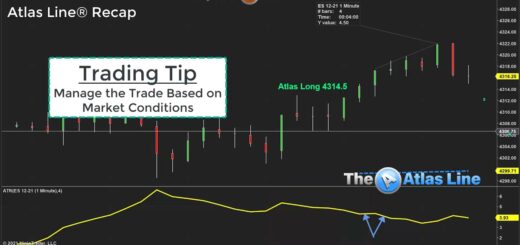Unlocking the Potential of Intraday Trading: Navigating the Fast-Paced World of Day Trading
In the ever-evolving landscape of finance, new strategies continuously emerge, reshaping the way we approach markets. Among these strategies, Intraday Trading has gained prominence as a dynamic and fast-paced approach that captures short-term market moves. In this comprehensive guide, we delve into the core concepts, strategies, and benefits of intraday trading.
Intraday trading, commonly referred to as day trading, involves the purchase and sale of financial assets within a single trading day. Unlike traditional investing, where positions are held for prolonged periods, intraday traders capitalize on rapid price fluctuations. Their goal is to seize short-term opportunities and leverage market movements for potential profit.
Why Opt for Intraday Trading?
Leveraging Short-Term Price Movements: Intraday traders closely analyze price charts and employ technical analysis tools to pinpoint optimal entry and exit points. This strategy enables them to capitalize on both upward and downward price swings, making the most of market volatility.
Actionable Insights: Constant monitoring of price movements offers valuable insights into market trends and patterns. This continuous observation empowers traders to better comprehend how securities behave within a single trading session, enhancing decision-making and refining trading strategies.
Increased Liquidity: Intraday trading adds liquidity to the market as traders actively buy and sell throughout the day. This heightened trading volume fosters a more dynamic market environment, facilitating seamless trade execution and mitigating transaction costs.
⚖️ Effective Risk Management: By closing positions before the trading day ends, intraday traders evade the risks associated with overnight news or events that might impact security prices. Tight stop-loss orders further protect their capital from potential losses.
Mastering the Basics of Intraday Trading
For newcomers to the stock trading universe, intraday trading may appear intricate at first glance. However, at its core, it involves buying and selling stocks within the same trading day. Intraday traders strive to exploit short-term price movements, seeking profits through rapid and calculated trades.
Buying and Selling Stocks in One Day: Intraday trading entails executing trades within the span of a single trading day. Traders meticulously analyze stock prices, historical performance, and indicators to make well-informed decisions. They establish long positions (anticipating price rise) or short positions (anticipating price drop) and place orders accordingly.
Technical Analysis and Indicators: Technical analysis plays a pivotal role in intraday trading. Traders leverage various indicators and chart patterns to assess price movements and identify potential entry and exit points. Moving averages, Bollinger Bands, and the Relative Strength Index (RSI) are commonly used tools to evaluate trends and volatility.
Strategies for Success: Intraday traders adopt diverse strategies to navigate the market:
- Scalping: Quick trades capturing minor price movements with reduced risk.
- Momentum Trading: Riding price momentum for potentially higher returns.
- Technical Analysis: Utilizing indicators to forecast price trends.
Pros and Cons of Intraday Trading
Pros:
✔️ High Profit Potential: Successful strategies can lead to substantial gains.
✔️ Mitigated Overnight Risk: Positions are closed before market closure, reducing exposure to overnight events.
✔️ Higher Intraday Leverage: Traders can access more leverage for intraday trading, increasing potential returns.
Cons:
❌ Inherent Risk: Trading involves risk, and not all traders achieve success.
❌ High Capital Requirements: Complying with regulations necessitates a substantial account balance.
Embarking on Your Intraday Trading Journey
Intraday trading offers exciting opportunities for those who master its techniques and strategies. As you venture into this fast-paced world, it’s crucial to build a solid foundation of knowledge, refine your strategies, and practice prudent risk management. Seek guidance from seasoned traders and financial advisors to navigate the complexities and maximize your chances of success.
Remember, intraday trading is a journey that demands patience, perseverance, and continuous learning. By harnessing the power of short-term market movements, you can potentially unlock a pathway to financial growth and empowerment.




